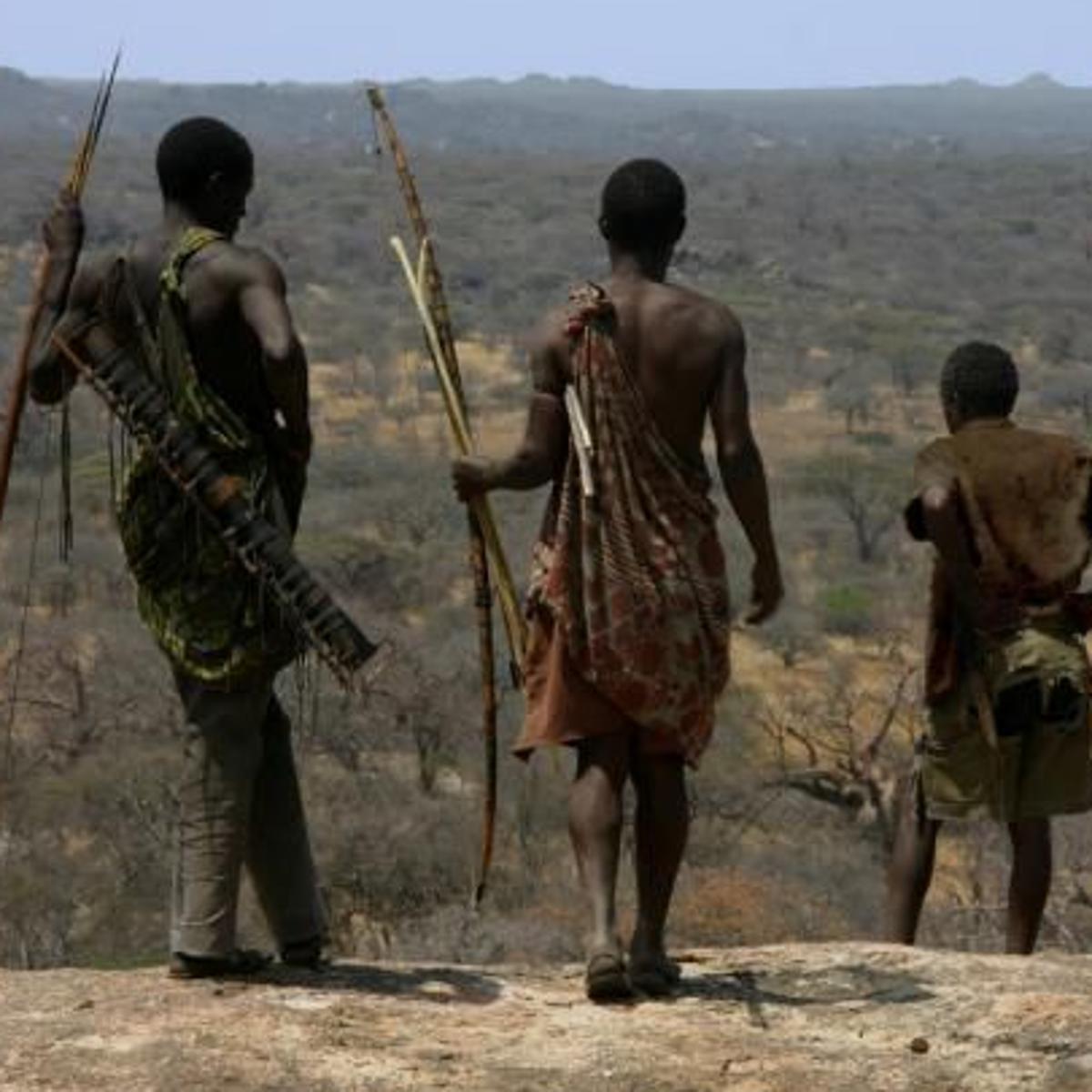We are the 21st century hominids, increasingly cybernetic, our consciousness evermore mediated by shimmering screens set rigid before our fixated countenance. We travel to and from our places of work encased in metallic landcraft; soundproofed, air-conditioned micro-environments, tinted windows filtering out radiation from the hostile, local star. We walk upon hard streets, our eyes flittering occasionally at glittering shop windows stuffed full with alluring products; television sets impossibly wide and sheer, unfeasibly red lipstick, unimaginably angular suits resting upon anvilesque, headless manikins. We move on, anonymous, past unknown others set upon destinations known only to them.
Yet the spirits of the ancestors move within us still; nervous, foraging ghosts with hungry bellies, scanning incessantly for sustenance, water and predators upon the African savannah. Despite our increasingly protected, controlled lives, we humans of the 21st century remain prone to the whims of our biology. And perhaps to mind fields that connect us beyond space and time to the trauma of past lives lived and ultimately lost by our desperate forebears, now long returned to the dust from which their physicality arose. What if, as renegade biologist Rupert Sheldrake has imputed, the past is always present? Perhaps too, the possible futures, if psychologist Daryl Behm’s hypothesis, gleaned from scientific experimentation, is to be taken seriously.
For our recent and primordial ancestors, the tribe represented safety in the midst of an often unpredictable and mysterious natural world of alien tribes, of wolves and scouring winds. The group granted a kind of power in community that a single human could never hope to individually wield, no matter how clever, no matter how sociopathic.

Today we tend to think of the idea of tribes as a negative construct, imagining collectives of angry men possessed of quasi-religious zeal, of whom we must be ever vigilant, ever afraid. Yet not all human collectives are bad. Adam Skelter, director and writer, teller of human stories and the human story, identifies three different but related forms of group identity in his exceptional documentary, Tribalism: a double-edged sword.[i]
The first kind of group is a community. This is a relatively small gathering of people possessing a common need. Typically, the people within a community know each other, or are at least close enough to other group members such that they are effectively within earshot, actual or virtual. Traditional villages are a good example. A village community will feature a small collection of individuals, each with a clear function within the collective. Those roles can be economic, educational, political and so on. In effect, a community is a small cooperative, where humans gather to help each other live and prosper.
A movement differs from a community. A movement has an important, stated goal and a clear sense of group identity. Movements often feature political and ideological imperatives. The group requires focus and cohesion. There thus may be some constraint on free expression. Still, dissent and critical thought are generally tolerated in movements. The boundaries of a movement also tend to remain malleable. People are free to come and go as they like; to participate enthusiastically, to act as a relatively disinterested observer. Or to simply leave for good.

A tribe on the other hand is something potentially much darker. Perhaps the defining distinction is that a tribe has a clear enemy. There is a sense of threat, that we are in danger, that we must stand together and fight that threat. Tribes tend to have powerful leaders who may be charismatic or perhaps even violent. There is a key doctrine or dogma which must not be questioned. Dissent is quickly and heavily punished. Critical thinking is discouraged. Data sets, anecdotes and narratives which challenge the central dogma are pounced upon by mobs, like wild and hungry dogs setting themselves upon a stray rabbit.
The goal should not be to eliminate our tribal instincts, but to be able to activate them responsibly in times of need and crisis, to help bond us together. Then, when the crisis has ebbed, we must be able to relax and return to our community consciousness, or express common goals via responsible movements. The more that the people understand how their minds function, how others and technological systems can manipulate their minds, the greater the chance that healthy group consciousness can express itself.
Politics of the sacred
Political movements are often dogmatic and are extremely prone to toxic tribalism. As Adam Skelter notes, there are strong consistencies between the political and the religious. You don’t have to have a supernatural belief to have a “religious” movement. The core of the religious is a deference and commitment to the sacred. And the sacred is whatever concept or thing we come to believe possesses meaningful luminosity. That totem could be physical, metaphysical or transcendent; perhaps even a rational, empirical abstraction. It might be a book, an animal, a person. A people. Stories and even data sets can assume spiritual significance, such as those evidencing systemic inequality. It doesn’t matter whether the math is bad or the story a half-truth. The tribe decides whether or not to invest the thing with deep meaning.
Often the sacred will comprise a little of many of these categories, such as when conspiracy theorists weld together data of various economic or social problems, add evidentially weak narratives, and them link them to transcendent concepts of consciousness. And even divine or alien intervention.
It is not unusual to find religious sentiments feature at political rallies. Think of the invocation of God at Trump rallies. Think of many progressives’ call for redemption (or persecution) of white guilt.
The cry to purge the impure, to eliminate the infidel echoes across the congregation and before the fiery pulpit. The Party, the country, the people will not be safe until the demonic is exorcised.
Daniel Schmactenberger[ii] is a particularly thoughtful man and has argued that we require increased competence in at least three domains of communication, as we engage with tribal others. Critically situating the position of that other party is the first and easiest aspect. This can include understanding their political alliance, their worldview or paradigmatic foundations. The second domain is the ability to deeply understand and engage with the other, including “steel manning” their position. This requires a capacity to articulate their reasoning, and ideally to take a walk in their shoes. Schmactenberger’s third necessity is that each of us must be able to reflect deeply upon our own biases and arguments.
Meanwhile, Adam Skelter implores us to develop the capacity to honour and nurture the individual, to train for critical thinking and independent thinking, even as we address the rise of toxic tribalism.
This book (Power and Presence) is about all these things. And more.
Self-reflection and wise instruction at the behest of learned others will not suffice. For the mind is a trickster. Mind does not like to gaze upon itself; not unless, like Narcissus, the image drawn from the pool of reflection is beloved.

The cultivation of the art of embodied presence is one way to begin to transcend the meddling machinations of mind. This is the core learning that the wisdom traditions have left for us, the lost hominids of the third millennium. The capacity to witness the rise of thought and emotion with detachment, without personalisation, without hubris or self-flagellation, is the great gift we have inherited from the awakened ones. If only we accept that gift.
A deepening of awareness regarding the nature of mind can help us defuse the ticking timebomb of tribalist fervour.
This is an extract from Marcus T Anthony’s latest book, Power and Presence: Reclaiming Your Authentic Self in a Digitized World.

[i] “Tribalism: a double-edged sword.” Aug 7, 2019. From The Art of Story YouTube Channel. https://www.youtube.com/watch?v=5Ms-njDqHuQ.
[ii] Darkhorse Podcast (2021). DarkHorse Podcast with Daniel Schmachtenberger & Bret Weinstein [Video file]. Retrieved Feb 14, 2021, from https://youtu.be/YPJug0s2u4w.






